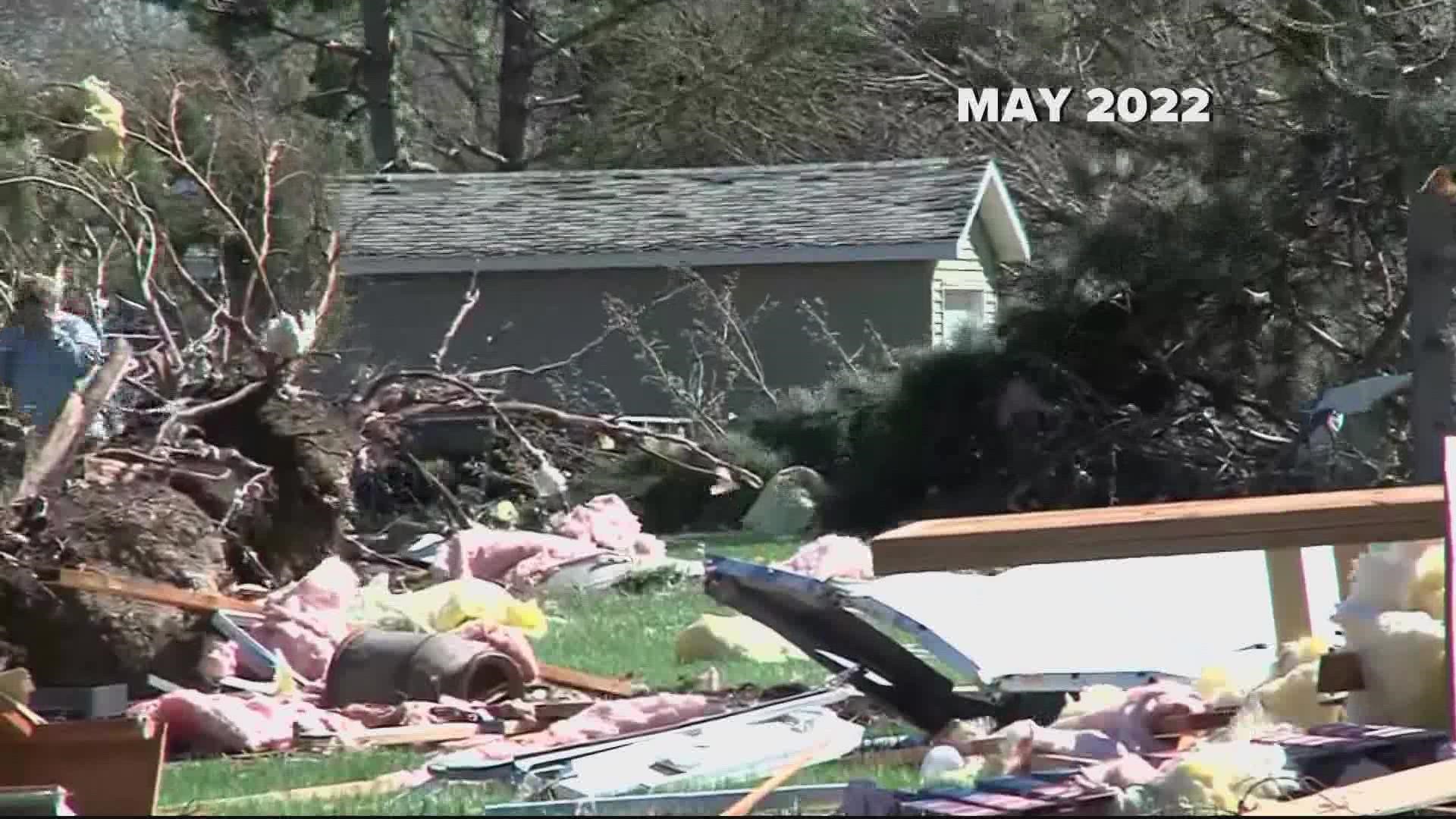WASHINGTON — NOAA recently analyzed the 15 billion-dollar weather disasters that have occurred so far this year. It broke down the type of weather disasters into seven groups: winter storms, wildfires, tropical storms or hurricanes, severe weather outbreaks, floods, freezes, and droughts.
The 15 weather disasters in 2022 coincide with the annual average of between 14 and 15 such events over the last decade. However, that far outpaces the average of between 8 and 9 such events from 2002 – 2011.
Of the seven categories of disasters, NOAA claims three types increased ominously over the last decade. The United States has seen more frequent land-falling tropical systems, severe weather events (e.g., a thunderstorm with wind gusts at least 60 mph, hail 1”/+ in diameter, or a tornado), and flooding events.
Many Americans will remember such destructive and deadly hurricanes over the last decade including Harvey, Irma, Maria, and Michael. In addition, the D.C. Metro Area endured significant impacts from the remnants of costly Hurricanes Florence (2018), Isaias (2020) and Ida (2021).
The incidence of severe weather outbreaks saw the biggest jump from an annual average of 4.1 from 2002 – 2011, to 8.5 from 2012 – 2021. One example of a billion-dollar severe weather event was the infamous 2012 derecho that impacted parts of the Midwest, Ohio Valley and the D.C. Metro Area. An upswing in billion-dollar flood events also occurred with an annual average of 0.6 (2002-2011) rising to 1.6 (2012-2021), according to NOAA.
Two factors that contribute to the increased frequency of billion-dollar weather disasters are an ever-growing national population and expanded development in at-risk coastal or low-lying areas. Inflation is also a critical issue as it costs more to repair or rebuild property following a destructive weather event than it did ten or 20 years ago.
Earlier this year Gallup’s annual Environmental poll found that “One in three U.S. adults report they have been personally affected by an extreme weather event in the past two years.” This finding is supported by the increase in billion-dollar weather disasters the United States has seen over the last decade. Gallup’s poll also reported that “…extreme-weather victims worry more about climate change and are more likely to view it as a threat than those who have not experienced extreme weather in the past two years.”
No part of the United States is immune from destructive weather, so emergency preparedness is essential. Meteorologists and local officials can be counted on to provide guidance prior to a potentially dangerous weather event.
My colleagues and I on the WUSA9 Weather Team provide the latest forecast for the D.C. Metro Area in a variety of ways: on-air, online and on the WUSA9 app for your mobile devices.

